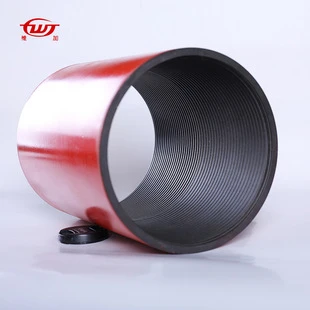- Afrikaans
- Albanian
- Amharic
- Arabic
- Armenian
- Azerbaijani
- Basque
- Belarusian
- Bengali
- Bosnian
- Bulgarian
- Catalan
- Cebuano
- Corsican
- Croatian
- Czech
- Danish
- Dutch
- English
- Esperanto
- Estonian
- Finnish
- French
- Frisian
- Galician
- Georgian
- German
- Greek
- Gujarati
- Haitian Creole
- hausa
- hawaiian
- Hebrew
- Hindi
- Miao
- Hungarian
- Icelandic
- igbo
- Indonesian
- irish
- Italian
- Japanese
- Javanese
- Kannada
- kazakh
- Khmer
- Rwandese
- Korean
- Kurdish
- Kyrgyz
- Lao
- Latin
- Latvian
- Lithuanian
- Luxembourgish
- Macedonian
- Malgashi
- Malay
- Malayalam
- Maltese
- Maori
- Marathi
- Mongolian
- Myanmar
- Nepali
- Norwegian
- Norwegian
- Occitan
- Pashto
- Persian
- Polish
- Portuguese
- Punjabi
- Romanian
- Russian
- Samoan
- Scottish Gaelic
- Serbian
- Sesotho
- Shona
- Sindhi
- Sinhala
- Slovak
- Slovenian
- Somali
- Spanish
- Sundanese
- Swahili
- Swedish
- Tagalog
- Tajik
- Tamil
- Tatar
- Telugu
- Thai
- Turkish
- Turkmen
- Ukrainian
- Urdu
- Uighur
- Uzbek
- Vietnamese
- Welsh
- Bantu
- Yiddish
- Yoruba
- Zulu
Understanding Casing Collars and Their Role in Oil and Gas Operations
The Importance of Casing Collars in Oil and Gas Operations
Casing collars are an essential component in the oil and gas industry, playing a crucial role in the integrity and functionality of well construction. These specialized fittings are positioned at various intervals along the casing string, primarily to delineate different sections of the casing and to facilitate various operational processes.
One of the primary functions of casing collars is to provide a point of reference for depth measurements during drilling operations. By marking key intervals in the casing, they enable drillers to maintain accurate knowledge of their position within the well. This is crucial not only for operational efficiency but also for ensuring safety, as improper depth readings can lead to catastrophic failures, including blowouts or misaligned well production zones.
In addition to their role in depth measurement, casing collars also serve as connection points for various tools and equipment. When performing well interventions or maintenance operations, drilling crews rely on these collars to attach various accessories, such as perforating guns or packers. This adaptability allows for efficient retrieval and placement of tools, which is vital for maximizing production and minimizing downtime.
casing collar

Another significant aspect of casing collars is their contribution to the overall structural integrity of the wellbore. They provide additional support to the casing string, helping to prevent collapse or deformation under high-pressure conditions. This is particularly important in deepwater drilling scenarios or in regions with unstable geological formations. By maintaining the wellbore's integrity, casing collars help reduce the risk of costly wellbore failures.
Moreover, casing collars are also integral to the cementing process. During cementing operations, the collars help to control the flow of cement and ensure proper placement, which is vital for creating a robust seal between the casing and the wellbore. A well-cemented casing is essential for preventing fluid migration and ensuring that the well remains stable throughout its operational life.
To ensure optimal performance, casing collars come in various designs and sizes, catering to the specific requirements of different drilling operations. Their materials are typically chosen based on the environmental conditions they will encounter, including temperature, pressure, and the chemical properties of the fluids present in the well.
In conclusion, casing collars may seem like a small component in the vast network of oil and gas drilling apparatus, but their significance cannot be overstated. They facilitate accurate depth measurement, serve as connection points for essential tools, enhance structural integrity, and play a vital role in the cementing process. As the industry continues to evolve and embrace new technologies, the design and functionality of casing collars will undoubtedly adapt, ensuring that they remain at the forefront of safe and efficient drilling operations.
-
Tubing Pup Joints: Essential Components for Oil and Gas OperationsNewsJul.10,2025
-
Pup Joints: Essential Components for Reliable Drilling OperationsNewsJul.10,2025
-
Pipe Couplings: Connecting Your World EfficientlyNewsJul.10,2025
-
Mastering Oilfield Operations with Quality Tubing and CasingNewsJul.10,2025
-
High-Quality Casing Couplings for Every NeedNewsJul.10,2025
-
Boost Your Drilling Efficiency with Premium Crossover Tools & Seating NipplesNewsJul.10,2025







